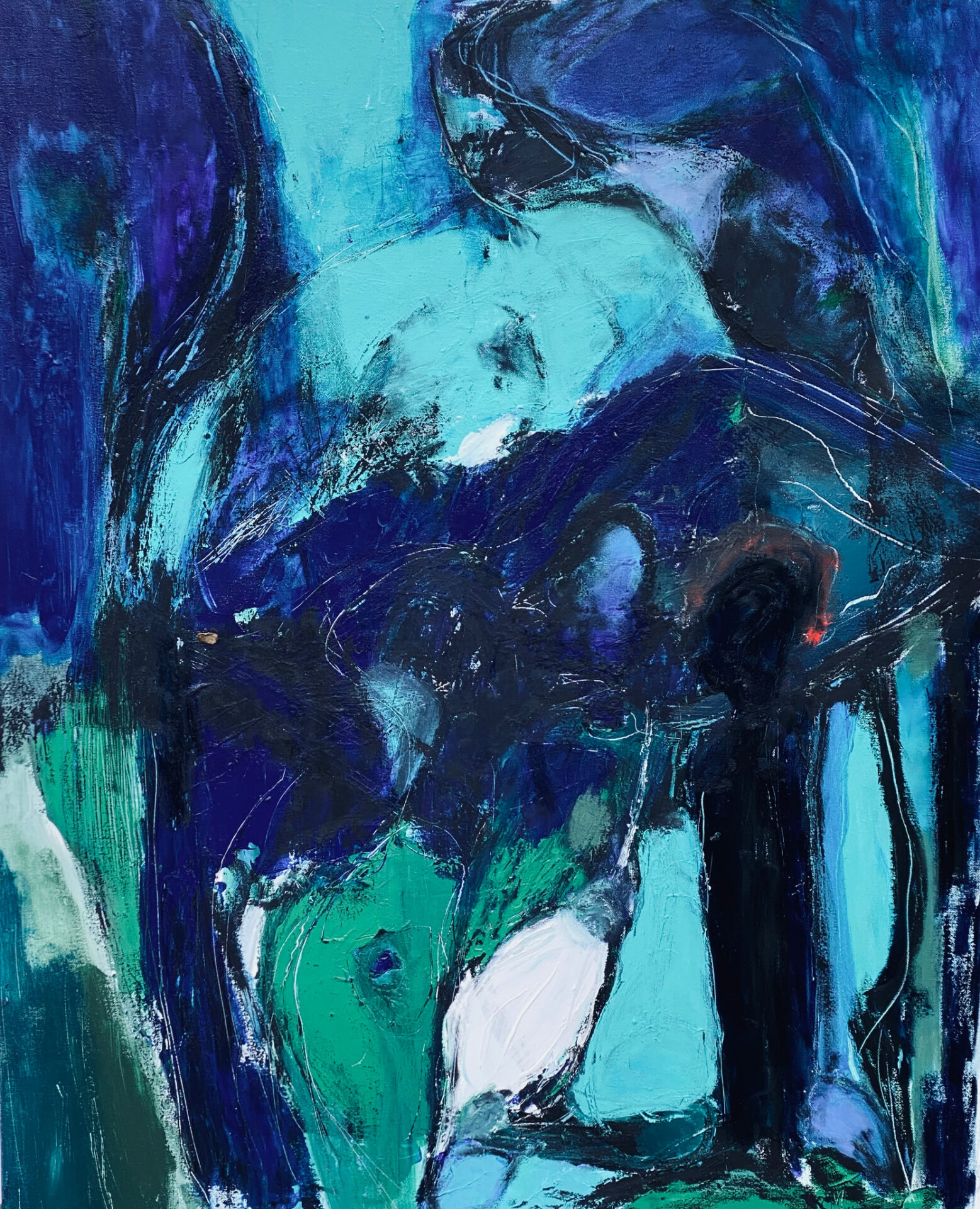Willem Boronski was inspired by Francis of Assisi, the saint who could talk to animals. When Boronski travelled to Assisi in Umbria, it made a deep impression on him.
 Francis of Assisi, son of a wealthy merchant, lived from 1181 to 1226. When he was taken prisoner in 1202 during a battle between Assisi and Perugia, he became seriously ill. He was eventually released and recovered from his illness, but the hardships he had endured had changed him profoundly. Francis turned his back on his luxurious life and withdrew into nature as a hermit. He devoted himself entirely to lepers and the poor. He lived in total poverty, but shared everything he had. When followers joined him, this was the beginning of the monastic order of the Franciscans and Friars Minor. Francis of Assisi had an incredible love for nature. He saw nature as the perfect representation of the way in which God wants to reveal himself to man. Nature supports man and keeps him alive. Francis talked to animals and preached to them. His deep love for organisms was evident in everything he did, such as picking up worms from the road so they wouldn’t be trampled. Trees were never to be cut down, and if they were, he believed that a stump should be left so the tree could sprout again.
Francis of Assisi, son of a wealthy merchant, lived from 1181 to 1226. When he was taken prisoner in 1202 during a battle between Assisi and Perugia, he became seriously ill. He was eventually released and recovered from his illness, but the hardships he had endured had changed him profoundly. Francis turned his back on his luxurious life and withdrew into nature as a hermit. He devoted himself entirely to lepers and the poor. He lived in total poverty, but shared everything he had. When followers joined him, this was the beginning of the monastic order of the Franciscans and Friars Minor. Francis of Assisi had an incredible love for nature. He saw nature as the perfect representation of the way in which God wants to reveal himself to man. Nature supports man and keeps him alive. Francis talked to animals and preached to them. His deep love for organisms was evident in everything he did, such as picking up worms from the road so they wouldn’t be trampled. Trees were never to be cut down, and if they were, he believed that a stump should be left so the tree could sprout again.
 It is not surprising that Willem Boronski is inspired by Francis of Assisi. For Boronski, nature is also of great value. Boronski makes a comparison between nature and art. He sees a work of art as something that lives and
It is not surprising that Willem Boronski is inspired by Francis of Assisi. For Boronski, nature is also of great value. Boronski makes a comparison between nature and art. He sees a work of art as something that lives and
continues to develop itself. In this development, everything is connected and nothing happens without a reason, just as processes in nature never occur without a reason. Boronski works with many different techniques, not only traditional ones, but also all kinds of modern ones. In this way, he continues to renew himself. He also combines these techniques with each other, which provides surprising results. Everything in the process that leads to a work of art is connected and contributes to the end product. There are no boundaries that you should be held back by as an artist. According to Boronski, making art can be seen as an organic process.

The value that nature has for Boronski is also evident in the subjects in his work. He recently made a series of works based on ‘La Vecchia Quercia’. This ‘old oak’ is central to a series of expressive works that were created using many different techniques, including digital ones. In glowing, warm summer colours, but also in dry, grey tones, the story of this tree comes to life.
For Francis of Assisi, trees should never be cut down. Willem Boronski captures an old oak tree with his art, making it immortal


